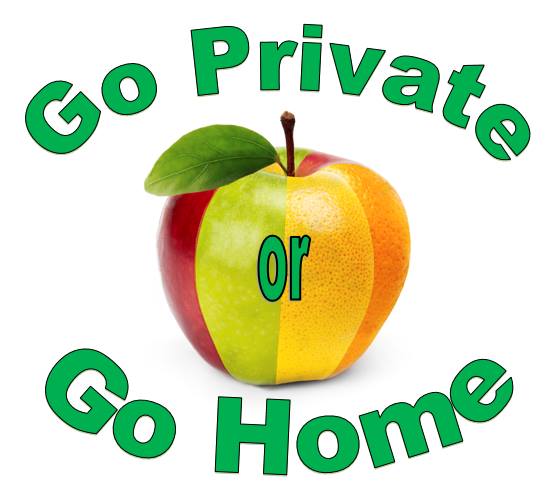Melissa and I married in 2001. At the time, I was the Director of IT for a local company. I worked there for a year – I got paid for six months. We married right around that six month mark, and my last paycheck was the day we got married. Suffice it to say that the next six months – the first six months of our marriage – were interesting from a financial standpoint.
We emerged from that time with a much different perspective than most folks in our cohort on what constitutes a “necessity.” We let go of a lot of “necessities” during that time. One of the first things to go was cable TV, and to this day, we still don’t have cable – or a TV.
Out of that experience came a determination to become as self-sufficient as we could be. Initially, that goal focused on increasing income to acquire assets to produce more income. That path led to real estate and stock and options trading.
But our kids began to change our focus.
Our focus used to be self-sufficiency through generating more than enough cash flow to take care of ourselves and those that God saw fit to place in our path. And while there’s nothing wrong with that, as I mentioned, our kids began to change our focus. We were on a path where we were instilling in our kids the value of money, but not the value of work; the value of consuming, but not the value of producing. And for us, that’s not the legacy we wanted to build for our kids.
 We wanted to model for our kids the value and reward of diligent work, and the joys that come with giving out of plenty. With that as our goal, we knew the government schools would be working against us, not with us. The government schools where we were at the time – San Antonio, Texas – had a marketing campaign: Go Public. We countered with “Go Private or Go Home.”
We wanted to model for our kids the value and reward of diligent work, and the joys that come with giving out of plenty. With that as our goal, we knew the government schools would be working against us, not with us. The government schools where we were at the time – San Antonio, Texas – had a marketing campaign: Go Public. We countered with “Go Private or Go Home.”
Melissa is an educator by trade, with an undergraduate in Mathematics. Having seen first-hand the quality of her classmates – the folks determined to become school teachers – Melissa determined long ago that the government education system was abysmal, and our kids were far too valuable to be left to that system. She had home-pre-schooled the boys before they went to a Montessori school, and when it closed, determined that she was going to teach herself the Montessori methods over the summer.
She did. (Now, those who have gone through the two-plus years of professional Montessori training will come unhinged when they read this, because according to the tenants of the accepted training forums for the Montessori method, you can’t learn to teach the Montessori method unless a Montessori teacher mentors you for a couple of years. And yet the underlying principle of the Montessori method is that people can learn on their own….)
That next fall, in September 2013, Melissa began homeschooling our kids. The homeschooling experience re-opened our eyes to the every-day “school lessons” that today’s society seems to ignore. For example, there’s a tremendous amount of science in cooking. But when every meal comes out of a box, a can, or through a drive-through window, you don’t recognize that you’re missing an opportunity to learn through the simple act of cooking.
Through those kinds of experiences – a lot of which was driven by our kids – our focus began to shift toward self-sufficiency through self-reliance, personal resiliency, and a more independently sustainable lifestyle. A good summary word for all that is this: Permaculture.
We were living in a beautiful 2,700 square foot, 4-bedroom home on a quarter-acre lot in the city. As we went further down the path of independence, self-reliance, and resilience, we realized that – for us – life on a quarter-acre lot in the city wasn’t compatible with our long-term goals. Our “10” was in the country. So we began looking for acreage that was close enough for me to commute, but far enough away to be in the country.
In early 2016, we purchased a six-and-a-half acre property in New Berlin, Texas, and began living our “10.” This site chronicles our adventure.